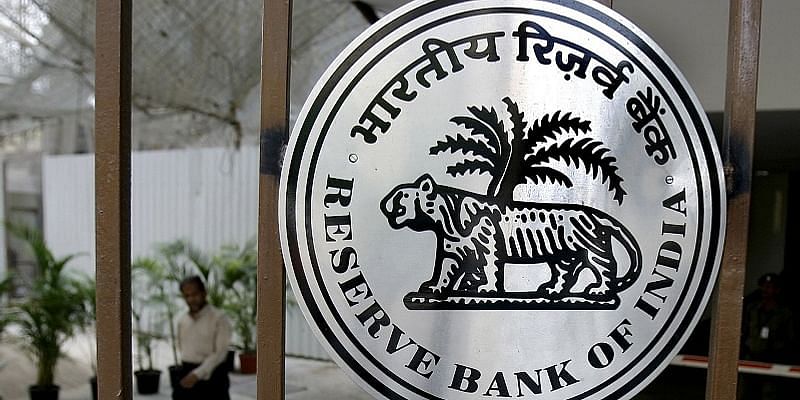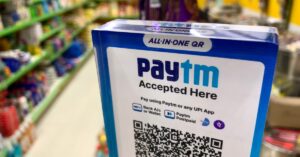In a bid to sustain public confidence in the digital lending ecosystem, the Reserve Bank of India (RBI) has released a set of guidelines for digital lenders and entities regulated by the central bank to carry out lending business.
- To begin with, loan disbursals can now be executed only between the bank accounts of borrowers and the regulated entity providing the loan (such as banks, NBFCs, and microfinance institutions), without any pass-through or pool account of the lending service provider.
- All fees and charges payable to the lending service provider have to be paid directly by the regulated entity and not by the borrower.
The RBI has also pushed for greater transparency and disclosures to borrowers in the process of signing a loan.
- A standardised ‘key fact statement’ must be provided to the borrower before the loan contract is executed.
- All costs pertaining to the loan, including interest rates, fees, origination charges, discount points, and agency fees—basically the annual percentage rate (APR)—must be disclosed to the borrower.
- Any automatic increase in credit limit will now be prohibited; credit limits can be increased only with explicit consent from the borrower.
- Loan platforms need to provide a cooling-off or look-up period to borrowers during which they can exit the loan by paying off the principal sum they had borrowed, plus the proportionate APR without any penalties. This means if the borrower has the means to pay off the loan before the term period ends, they won’t have to pay any exit penalties.
The digital lending guidelines were put together by the RBI’s Working Group on Digital Lending (WGDL), constituted in January 2021, to study issues relating to online lending.
The new notification places emphasis on redressal mechanisms for consumers as well.
- Regulated entities and lending service providers engaged by them should have a model grievance redressal officer to deal with complaints related to fintech/digital lending. The details have to be prominently indicated on the websites of the regulated entities, the lending service providers, and the digital lending applications.
- If a complaint is not resolved within 30 days, consumers have the option to lodge a complaint under the Reserve Bank – Integrated Ombudsman Scheme.
For tech and data usage, the RBI has said that lending applications should collect data from customers only on a need basis, with clear audit trails, and only after consent from the borrower.
Borrowers may be provided with an option to accept or deny the consent for use of specific data, as well as an option to revoke previously granted consent.
While some of the recommendations have been accepted in principle, some require further examination, the central bank has said.










